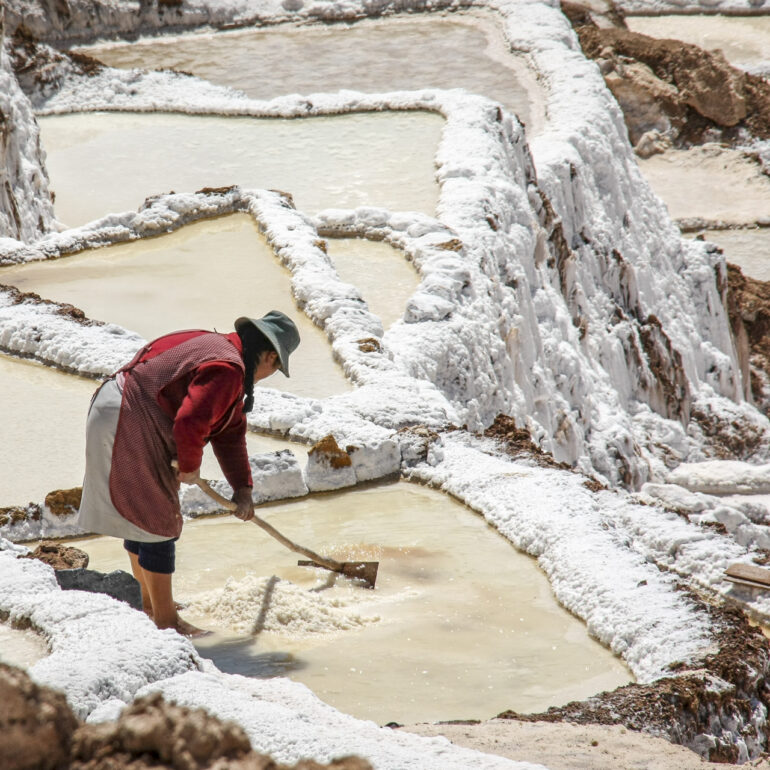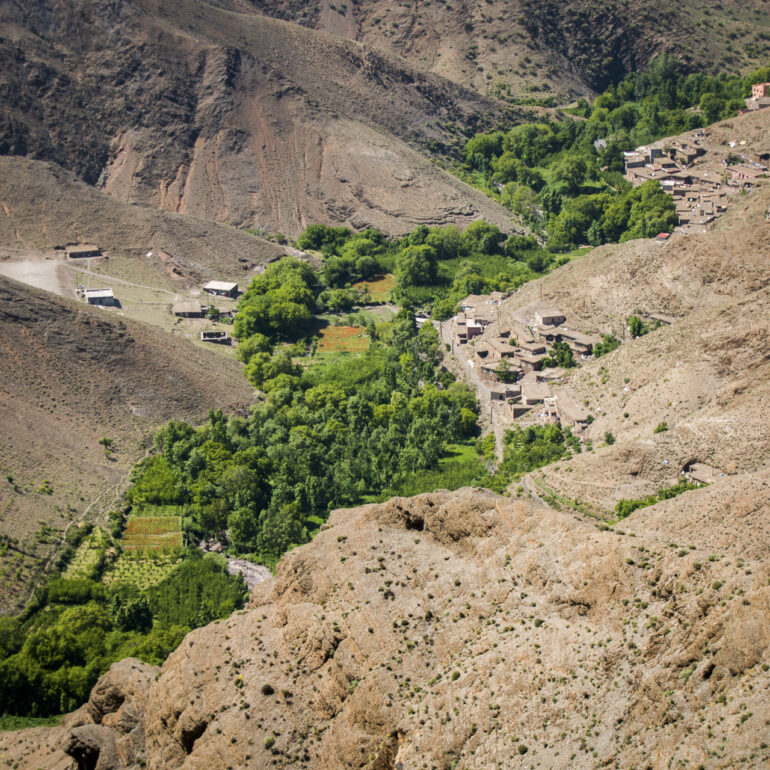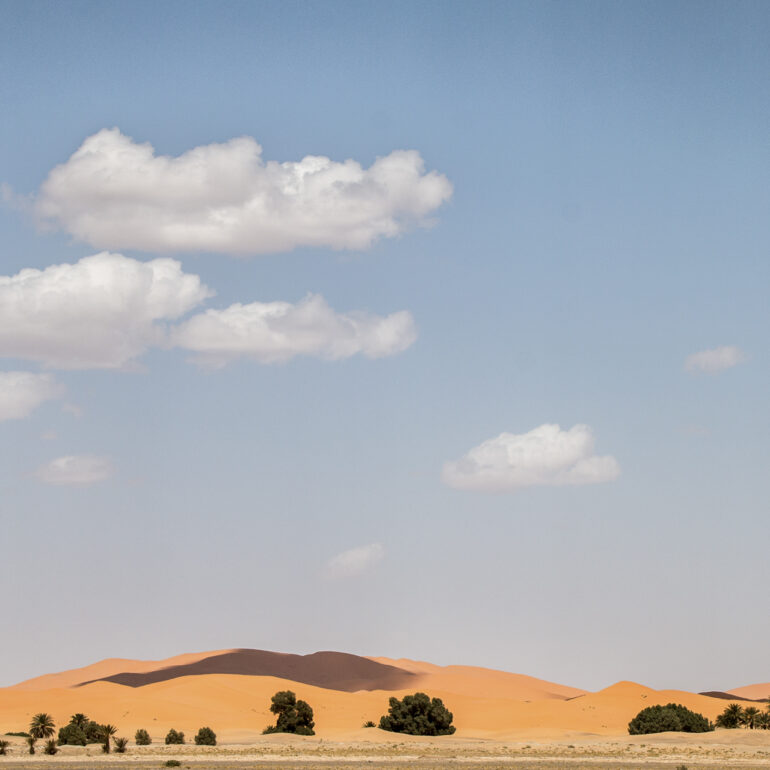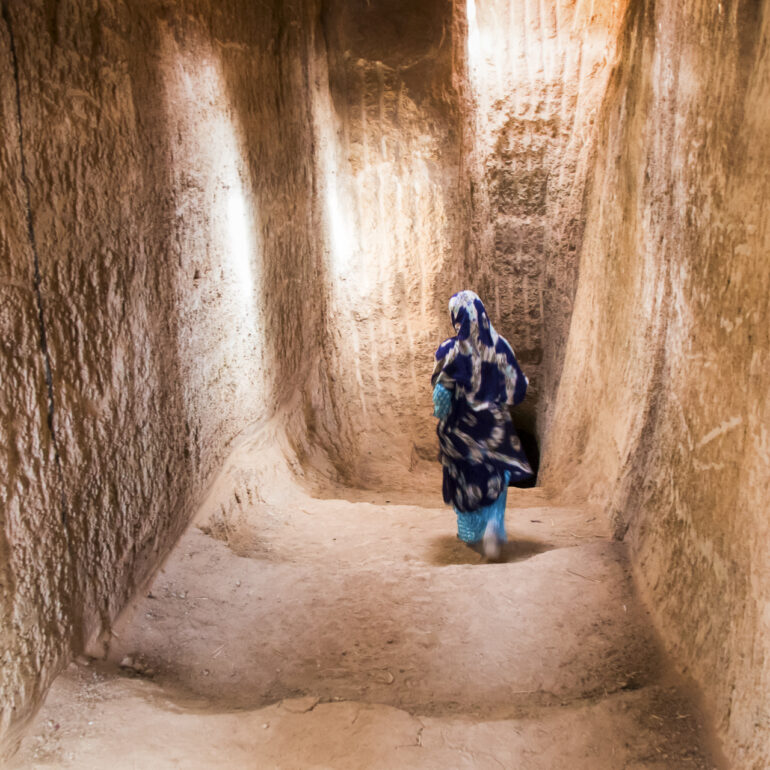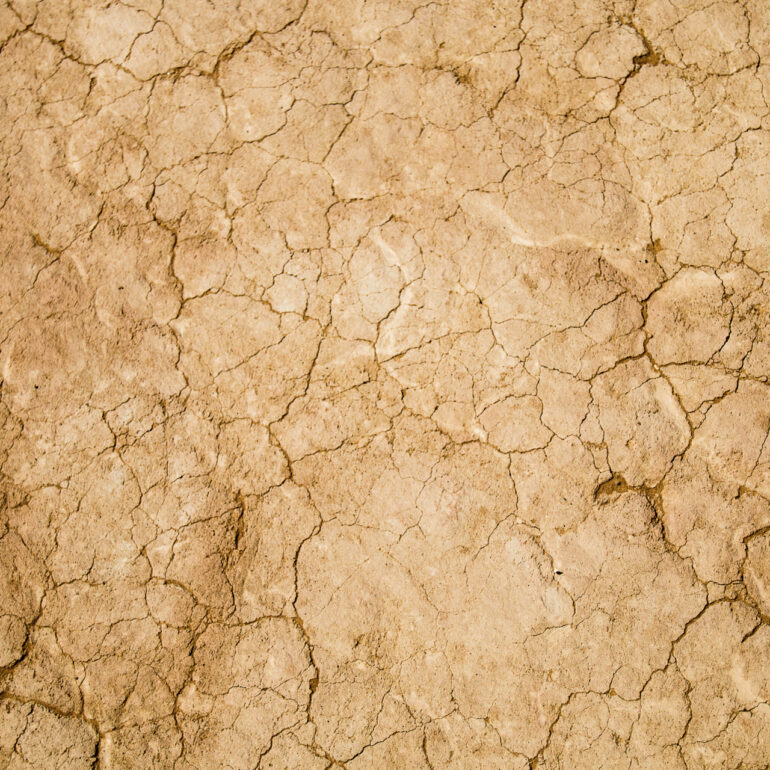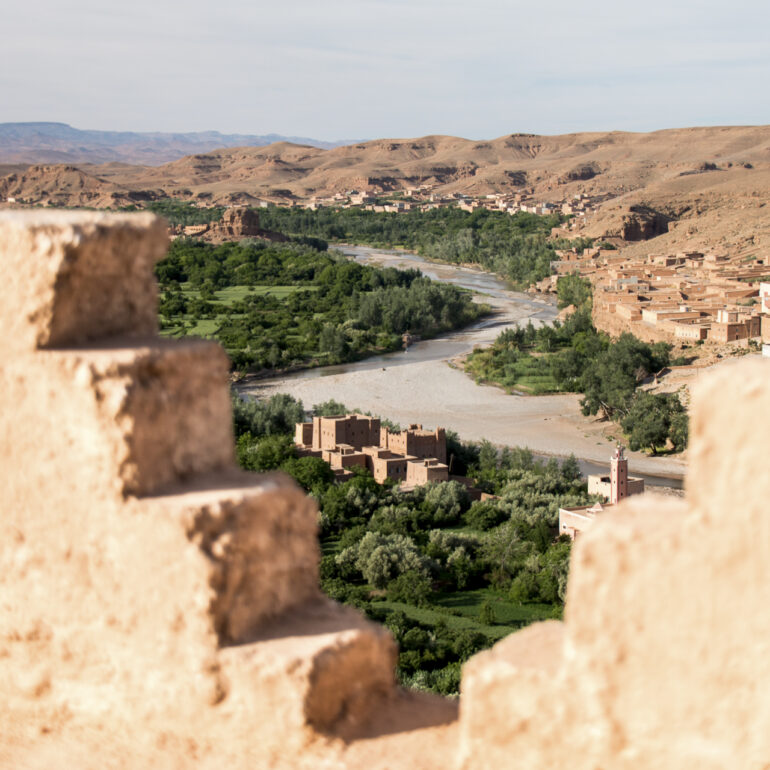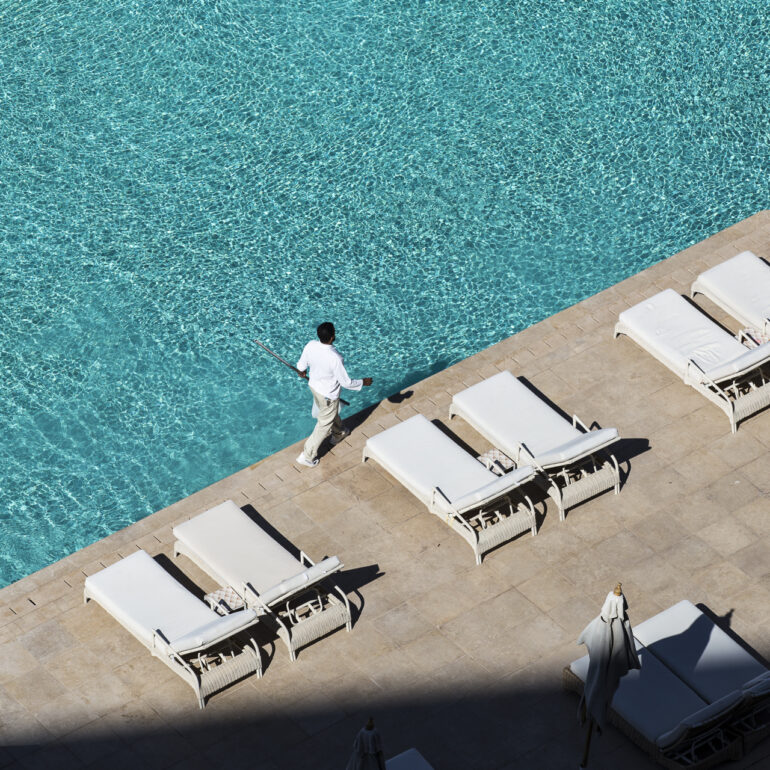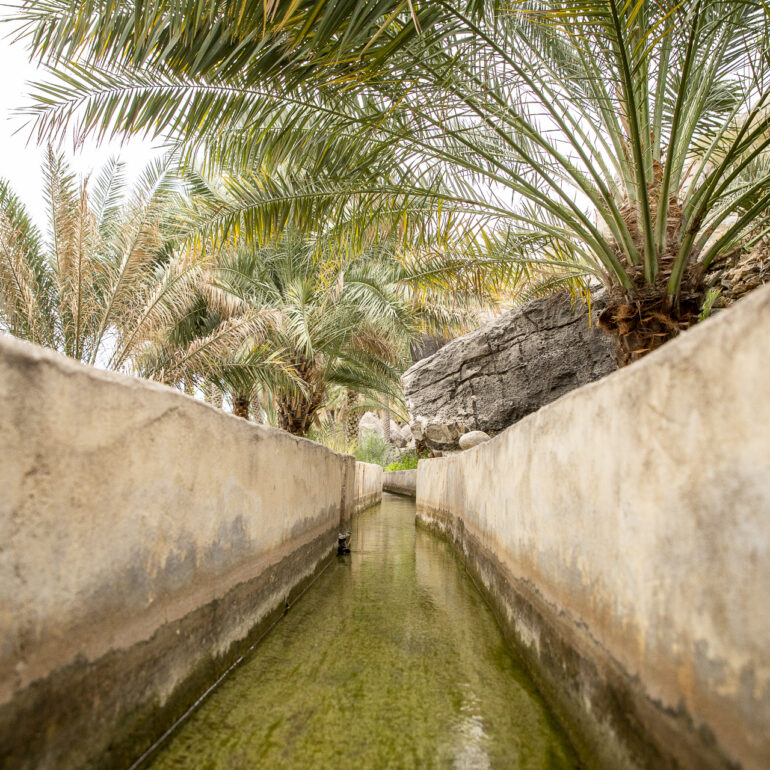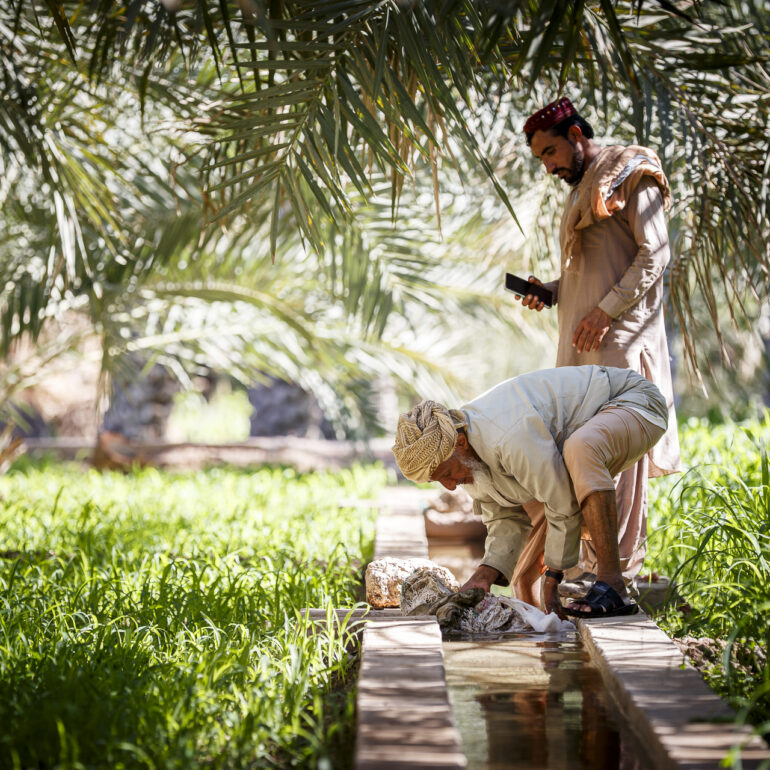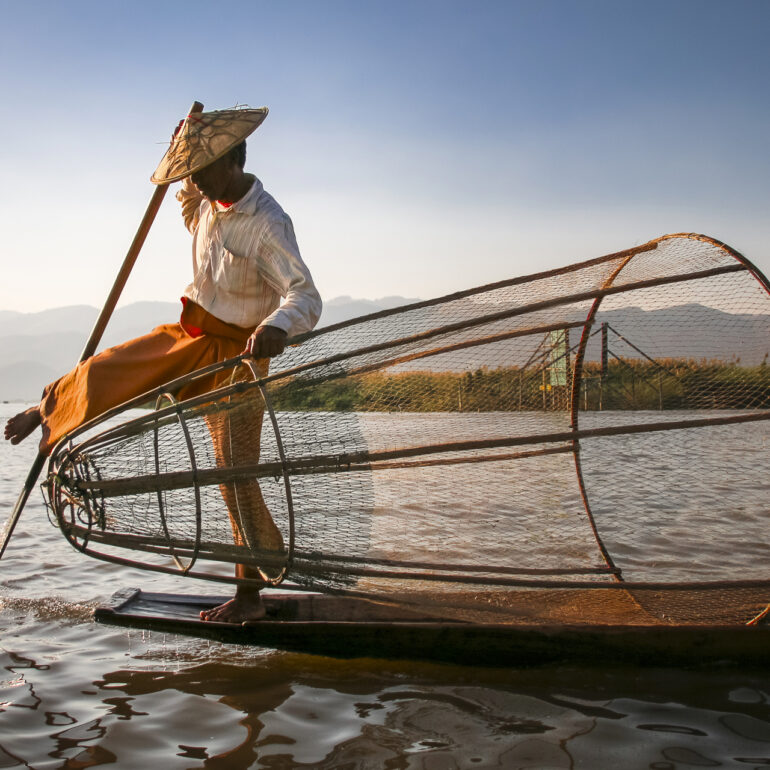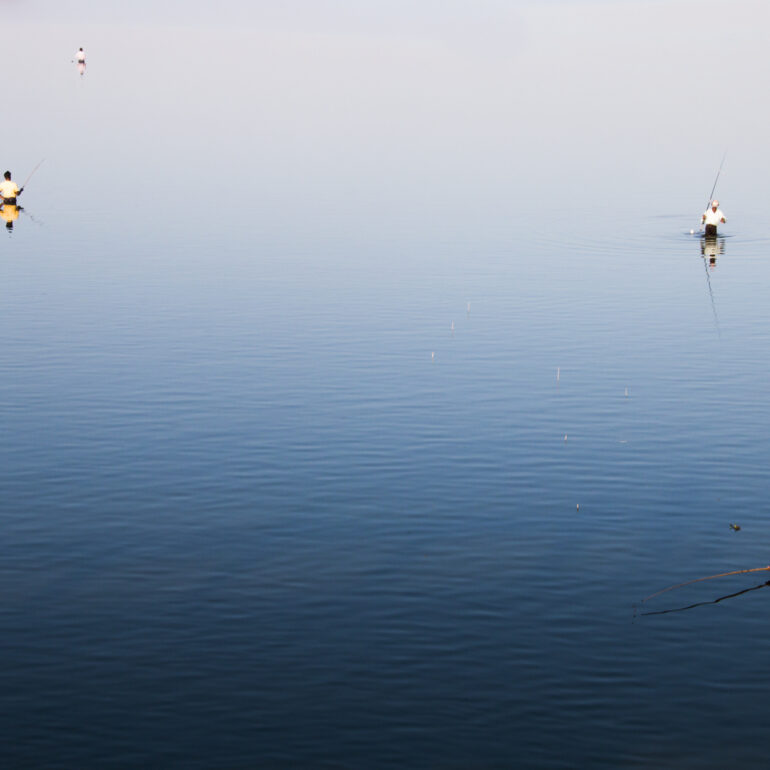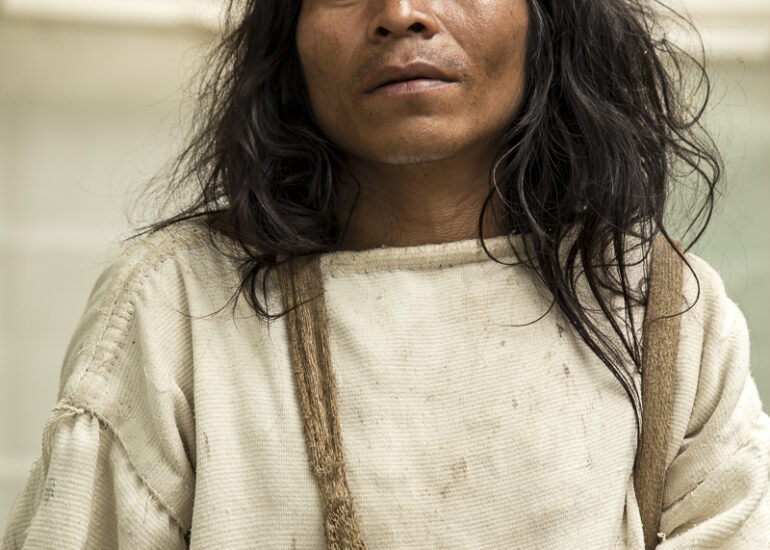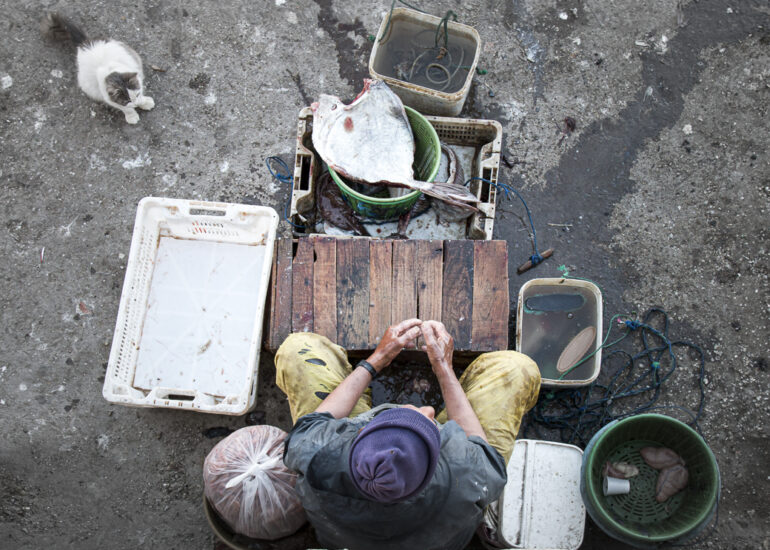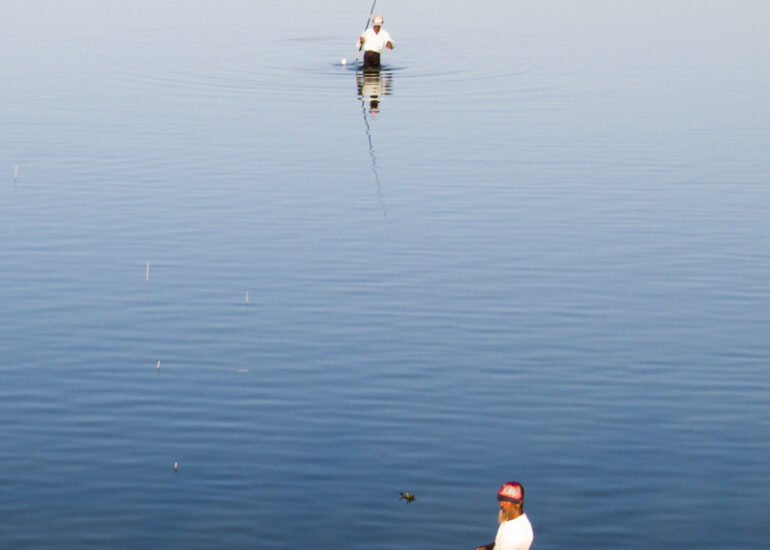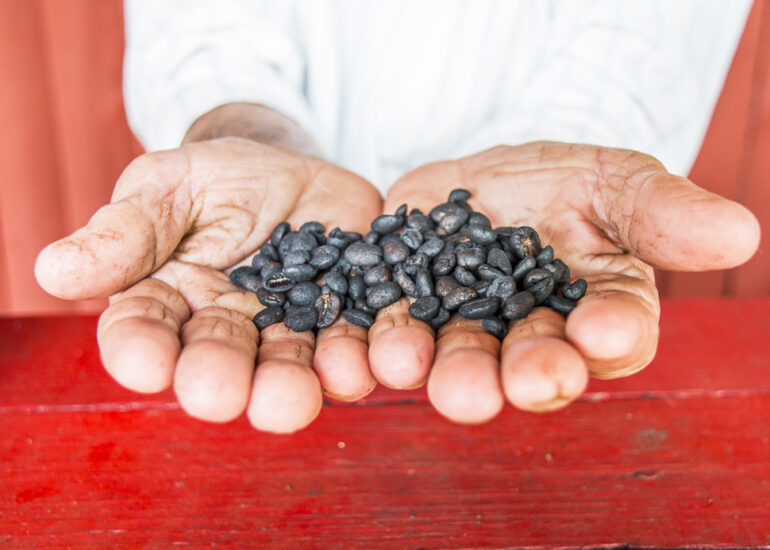About this essay
When I was a child, my parents would sometimes leave me with a babysitter. Her husband, Pierrot, worked for the national water management company. A man who loved life and nature. But during our fishing trips, he would sometimes take on the tone of a gloomy prophet and say: “You know, Benjamin, one day we’ll be fighting over water.”
The river that flowed in front of us back then had its source a little further upstream, in a marshy clearing where we had to tread lightly. We went up there once or twice with him, hoping to catch wild trout — cleverer than the ones the local hatchery released each year downstream, and, truth be told, far tastier too. I had always seen that river flowing. Its water had always reached the taps in our homes, filled the fountains of the village, fed the old washhouses. For years, it had even been bottled at a nearby plant. So needless to say, I didn’t quite understand why I was being made a witness to some future apocalypse.
Today, the fountains that once ran day and night have mostly fallen silent. The washhouses stand empty, or in ruins. The river, now choked by dense vegetation, runs dry with the first waves of summer heat. Thankfully, water still flows from our taps. But what I once took for granted — abundant and of little value — has become, in my eyes, a distant and precious memory.
I also remember an economics teacher, many years later, who asked our class a seemingly simple question that left a mark on me: “What is wealth?”
I had never really thought about it. My still-naive view of the world, shaped by pirate stories and childhood imagination, brought to mind all the usual answers: gold, cash, jewels…
“To be considered wealth,” he continued, “a thing must meet two criteria: it must be necessary — and it must be rare.” And that’s how I came to understand how the drying up of my river had, in fact, turned its water into a form of wealth — at least in my eyes.
In our modern societies, where — drinking — water flows freely, we’ve lost sight of its true importance. Its essential role in our well-being. In life itself. We replace it with sugary drinks, flush it without a second thought, waste it on our lawns. The abundance made possible by modern systems has blinded us not only to its scarcity, but also to our dependence on it. And so, we forget that water may be the most precious wealth of all.
Marked by these quiet lessons, I’ve carried with me — throughout my travels — a deep need to understand how other peoples relate to water. I’ve had the chance to cross many desert lands: in North Africa, the Middle East, and South America. Everywhere, in landscapes, traditions, and personal stories, I’ve found signs of a deep, rooted connection.
In these photographs, water sometimes asserts itself through its very absence. As a subtle thread running through the series, it shows us that the development and ingenuity of civilizations has always been tied to it. In hand-dug underground galleries — khettaras in Morocco or falaj systems in Oman — that enabled cities to thrive in climates once thought inhospitable. In fishing methods shaped by the rhythms and limits of the environment.
In the beauty of a terrain sculpted to extract from each drop the salt or nutrients needed for farming. And even in the quiet arrogance of an overflowing hotel pool — where water reflects the contradictions of a world moving at different speeds.
Water, as a boundary between the essential and the absurd. As a memory. As a line of fracture.
